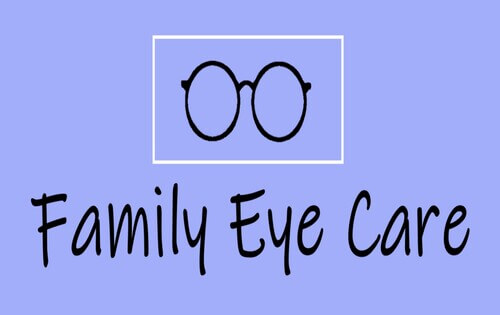Find a Neurologist in Andalusia: Specialized Clinics and Treatment Providers
The Advantages And Disadvantages of Various Refractive Surgical Treatments for Improved Eyecare

LASIK Surgical Treatment
LASIK surgery is a generally done refractive treatment that aims to remedy vision problems such as nearsightedness, astigmatism, and farsightedness. During the treatment, a slim flap is produced on the cornea, and a laser is made use of to reshape the underlying cells, dealing with the refractive error.
One of the primary advantages of LASIK surgical treatment is the rapid renovation in vision experienced by many individuals. It is crucial for people taking into consideration LASIK surgery to go through a detailed evaluation by an eye treatment specialist to determine if they are appropriate candidates for the procedure.
PRK Treatment
The PRK procedure, additionally recognized as Photorefractive Keratectomy, is a kind of refractive surgery that intends to remedy vision concerns comparable to LASIK surgical treatment. Unlike LASIK, which entails producing a flap in the cornea, PRK functions on the surface layer of the cornea.
One of the advantages of PRK over LASIK is that it removes the threat of flap-related complications because no flap is produced during the surgery. This can be advantageous for people with slim corneas or those associated with call sports where eye trauma is a possibility. Nonetheless, the healing time for PRK is usually longer compared to LASIK, as the external layer of the cornea needs time to regenerate after the procedure. Regardless of the longer healing period, PRK can be an appropriate choice for people looking for vision adjustment surgical procedure.
SMILE Surgical Procedure
A sophisticated refractive surgery technique acquiring popularity in the field of ophthalmology is SMILE Surgical treatment. Small Incision Lenticule Extraction (SMILE) is a minimally invasive treatment that deals with vision by improving the cornea making use of a femtosecond laser. Unlike typical LASIK surgery, SMILE Surgical treatment includes producing a little laceration in the cornea to draw out a lenticule, which results in much less interruption to the corneal framework and potentially quicker healing times.
One of the key benefits of SMILE Surgery is its capability to deal with myopia (nearsightedness) and astigmatism with high accuracy, causing superb visual results for individuals. The minimally invasive nature of the procedure likewise lowers the danger of difficulties such as completely dry eye disorder, making it a favorable alternative for individuals seeking refractive surgical treatment.

LASEK Method
Having explored the benefits and considerations of SMILE Surgical treatment, an additional noteworthy refractive surgery technique worth analyzing is the LASEK Technique. LASEK, which stands for Laser-Assisted Subepithelial Keratectomy, is a type of laser eye surgical treatment that intends to remedy refractive mistakes such as myopia (nearsightedness), hyperopia (farsightedness), and astigmatism.
Unlike LASIK, LASEK does not include producing a corneal flap. Instead, throughout a LASEK treatment, the doctor makes use of a diluted alcohol option to loosen up the slim external layer of the cornea, recognized as the epithelium.
One of the primary advantages of LASEK is that it can be suitable for people with thin corneas that might not be great candidates for LASIK. In addition, LASEK typically results in minimal post-operative discomfort and a quicker recovery time contrasted to PRK. The visual healing process with LASEK might be somewhat longer than with LASIK.
Implantable Get In Touch With Lenses
Implantable Call Lenses supply a long-lasting vision adjustment option for individuals looking for an alternative to typical get in touch with lenses or glasses. These lenses, likewise referred to as phakic intraocular lenses, are surgically put into the eye to deal with refractive mistakes such as myopia (nearsightedness), hyperopia (farsightedness), Find Out More and astigmatism. andalusia pediatrics. Unlike typical call lenses that sit on the surface area of the important link eye, implantable call lenses work within the eye itself, providing clear vision without the demand for day-to-day upkeep or elimination
One of the vital advantages of implantable call lenses is their durability. When inserted, they can stay in the eye indefinitely, providing constant and steady vision adjustment. Furthermore, these lenses can be an outstanding option for people that are not good prospects for laser eye surgical treatment or that prefer a relatively easy to fix vision modification treatment.
Nevertheless, implantable contact lenses do carry some dangers, including the possibility for cataracts or raised eye pressure. It is critical for individuals considering this option to consult with an eye care professional to determine if implantable contact lenses are the appropriate option for their particular demands and eye health and wellness.
Conclusion
In verdict, each type of refractive surgery has its very own advantages and downsides. LASIK surgical procedure is popular for its read what he said quick recovery time, while PRK treatment might be suitable for individuals with thin corneas.

On The Whole, SMILE Surgical procedure offers an encouraging alternative for individuals looking to boost their vision via refractive surgery.